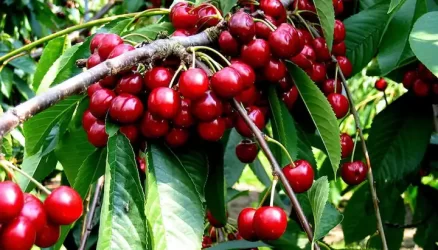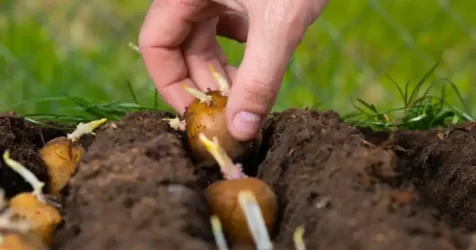How to Prune and Grow Apple Trees
Apple trees (Malus domestica) are a fantastic addition to any garden or orchard, providing delicious fruit and beautiful blossoms. To ensure healthy growth and maximum fruit production, proper pruning and care are essential. This guide will walk you through the steps to successfully grow and prune apple trees.
Growing Apple Trees
1. Choosing the Right Variety
Apple trees come in various types, including dwarf, semi-dwarf, and standard sizes. Some varieties are self-pollinating, while others require a different variety nearby for cross-pollination. Consider your climate, space availability, and intended use of the apples when selecting a variety.
2. Planting
- Location: Choose a sunny location with well-drained soil, as apple trees require full sunlight for optimal fruit production.
- Soil: Apple trees thrive in slightly acidic to neutral soil (pH 6.0-7.0) with good organic content.
- Spacing: Standard apple trees should be planted 15-20 feet apart, while dwarf varieties can be spaced 8-10 feet apart.
- Planting Depth: Ensure that the graft union is a few inches above soil level to prevent disease.
3. Watering and Fertilization
- Watering: Provide deep watering once a week, especially during dry spells. Avoid overwatering, which can cause root rot.
- Fertilization: Use a balanced fertilizer (10-10-10) in early spring and after fruiting. Avoid excessive nitrogen to prevent excessive leafy growth at the expense of fruit production.
4. Pest and Disease Management
Apple trees are susceptible to pests and diseases such as apple scab, powdery mildew, and codling moths. Use organic fungicides, neem oil, and insecticidal soaps when necessary. Regularly remove fallen leaves and fruit to reduce disease risk.
Pruning Apple Trees
1. Why Prune?
Pruning is essential for shaping the tree, increasing fruit yield, and improving air circulation. It also helps in removing weak, dead, or diseased branches to maintain overall tree health.
2. When to Prune
The best time to prune apple trees is late winter to early spring, before new growth begins but after the risk of extreme frost has passed. Summer pruning can also be done to remove excess growth and improve sunlight penetration.
3. How to Prune
- Central Leader or Open Center Shape: Apple trees are typically pruned into a central leader system (a single, dominant trunk with tiers of branches) or an open-center shape for better sunlight exposure.
- Remove Dead or Diseased Wood: Cut away any branches that are broken, diseased, or dying.
- Thin Out Crowded Branches: Remove branches that cross or grow too closely together to improve air circulation.
- Cut Back Last Year’s Growth: Trim branches by about one-third to encourage new fruit-bearing shoots.
- Remove Water Sprouts and Suckers: These non-fruiting branches should be pruned to direct energy to productive growth.
Additional Care Tips
- Mulching: Apply a layer of mulch around the base of the tree to retain moisture and suppress weeds.
- Thinning Fruits: Remove excess young fruits to prevent branch breakage and encourage larger fruit development.
- Winter Protection: In colder regions, wrap the trunk with tree guards to prevent frost damage and rodent activity.
By following these guidelines, you can grow a healthy and productive apple tree that yields delicious fruit season after season. Proper care and pruning will ensure that your apple tree thrives for many years to come!



















